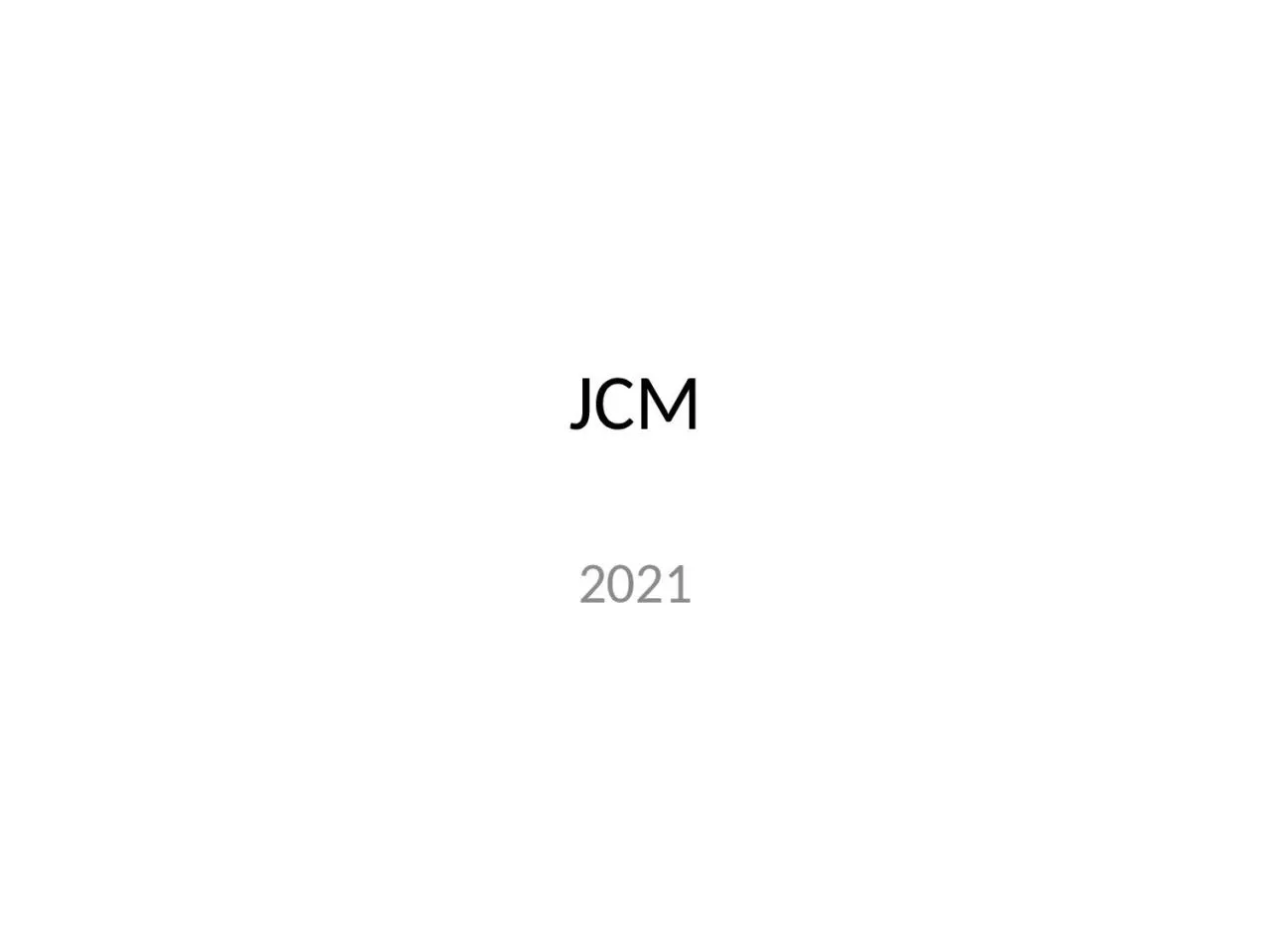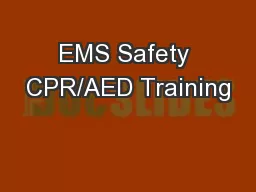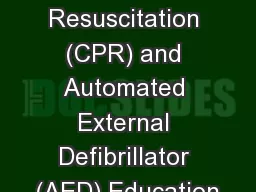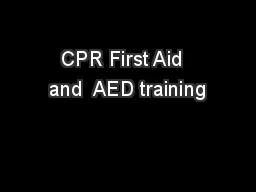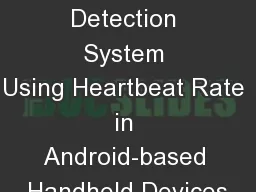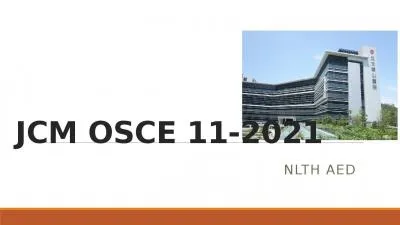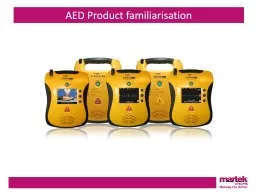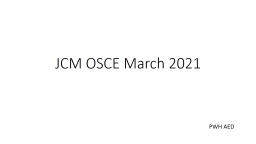PPT-JCM 2021 Case 1 22/F Presented to AED with drowsiness and pyrexia
Author : MommaBear | Published Date : 2022-08-04
GCS E3V4M5 BP 13870 P 118 Temp 383 Hstix 65 Patients mother stated patient was unhappy and took 50 tabs of Sertraline What is the most probable diagnosis Serotonin
Presentation Embed Code
Download Presentation
Download Presentation The PPT/PDF document "JCM 2021 Case 1 22/F Presented to AED wi..." is the property of its rightful owner. Permission is granted to download and print the materials on this website for personal, non-commercial use only, and to display it on your personal computer provided you do not modify the materials and that you retain all copyright notices contained in the materials. By downloading content from our website, you accept the terms of this agreement.
JCM 2021 Case 1 22/F Presented to AED with drowsiness and pyrexia: Transcript
Download Rules Of Document
"JCM 2021 Case 1 22/F Presented to AED with drowsiness and pyrexia"The content belongs to its owner. You may download and print it for personal use, without modification, and keep all copyright notices. By downloading, you agree to these terms.
Related Documents

